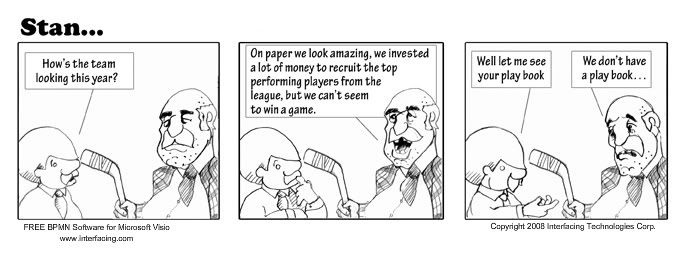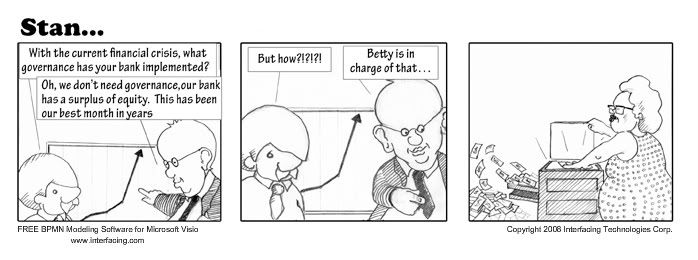
In today’s business world there exists a dire need for corporations to optimize their business processes in order to cut costs and improve productivity. Although this has been an age old goal for companies, today the need for these cost saving measures is extreme. 70 years ago, the Fordist mentality saw this process as creating economies of scale, and economies of scope. Today, the process of cutting costs differs greatly – vertical integration, outsourcing, streamlining business activities, strategic forecasting and most importantly, improving business processes.
More and more businesses are looking to Business Intelligence software to optimize their operations. Business Intelligence refers to the applications, technologies, and practices that analyze, collect, interpret and integrate data in order to make it applicable to your business. A vital resource, business intelligence collects the raw data of your company so that you can analyze and react to your business’ needs with the highest degree of accuracy.
What is BI without Business Process Management software ? This is a highly contested debate in current industry literature, as analysts are trying to establish whether BI and BPM software are converging or heading in different directions. To me, the answer is quite simple. BI is extremely useful and an absolute necessity for every company. This software, however, is somewhat useless without BPM software . Without BPM, BI has no automated influence on actual process; it is just the raw analysis of numbers. BPM allows you to relate those numbers in real time to your business processes .
As Forrester analyst Connie Moore states, "I think the BI vendors are missing the boat on process," Moore told internetnews.com. "They don't really understand process because they focus on analysis of data. Operational data, tactical data, strategic data; the data needs to be put into action. The BI vendors don't understand the whole process world."
Walking into corporations across North America, I often immediately see a need for Business Intelligence solutions. Corporations spend millions of dollars each year hiring the best staff. On top of this, corporations put countless resources into the collection and analysis of data. But just like a hockey team, you can spend millions of dollars to ensure that you have the best players and reports, but without mapping and documenting your team’s plays, there is no way to use the data effectively.

